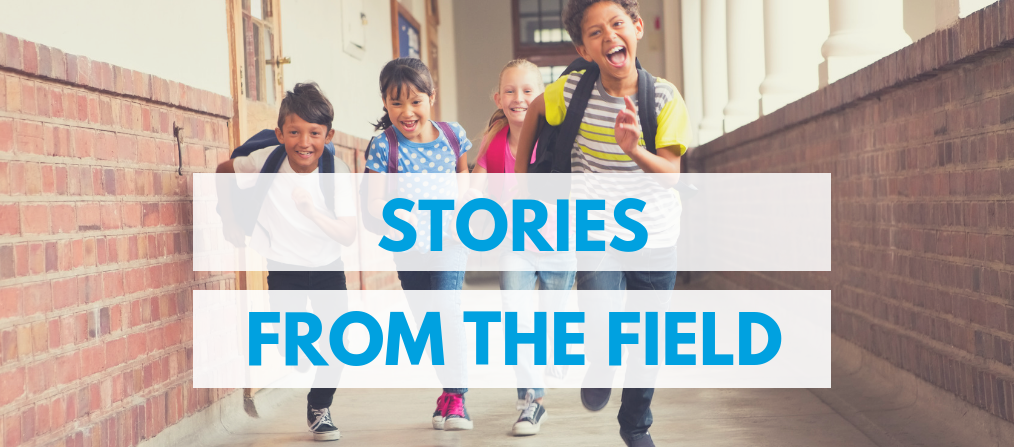
Classroom Physical Activity Idea
Total Physical Response
Approach: Movement integrated into planned academic instruction
Subject Area: Vocabulary
Age: Elementary
Recommended by: Samantha Greenleaf, Reading Instructional Coach, Austin Independent School District, previous classroom teacher (2nd, 3rd, and 5th grade)
Source: The Teacher Toolkit
Instructions:
- Select the vocabulary words that you are going to teach. Gather any equipment, props or pictures you will need to illustrate the meaning of the words.
- Say the new vocabulary word for the students. As you do this, use gestures, facial expressions, props, or body movement to illustrate the meaning of the word. Receiving student input on the gestures and movement allows further agency and ownership.
- Have student volunteers mimic the same gestures, facial expressions, use of props, or body movement modeled as you say the word.
- Have all students mimic the same gestures, facial expressions, use of props, or body movement modeled by the teacher and student volunteers. Ask them to say the word as they are making the movement. Vary this activity by silently doing the action while students guess the word.
- Write the word or phrase where all students can see it so that students can make the connection between oral and written words.
- Teach the next word or phrase using the same method. Review and practice words with students multiple times to ensure learning. Recycle words regularly to make sure that students do not forget old words.
Ms. Greenleaf saw the benefits of this strategy over the course of two years with her students. She observed:
“Especially in second grade, they love learning new words and they love applying them, so we would always pull our vocab words from whatever text we were reading that week. Just seeing them notice the word and putting a motion with it helped with their understanding of the word. Then, watching them use the word in a sentence or draw of picture of it further strengthened their learning. I worked with some of the same students from second to third grade, and when we’d come across words from the previous year, some of them would still do the motions! It’s proof that incorporating visual, auditory, and kinesthetic learning methods can help make information stick with students.”
